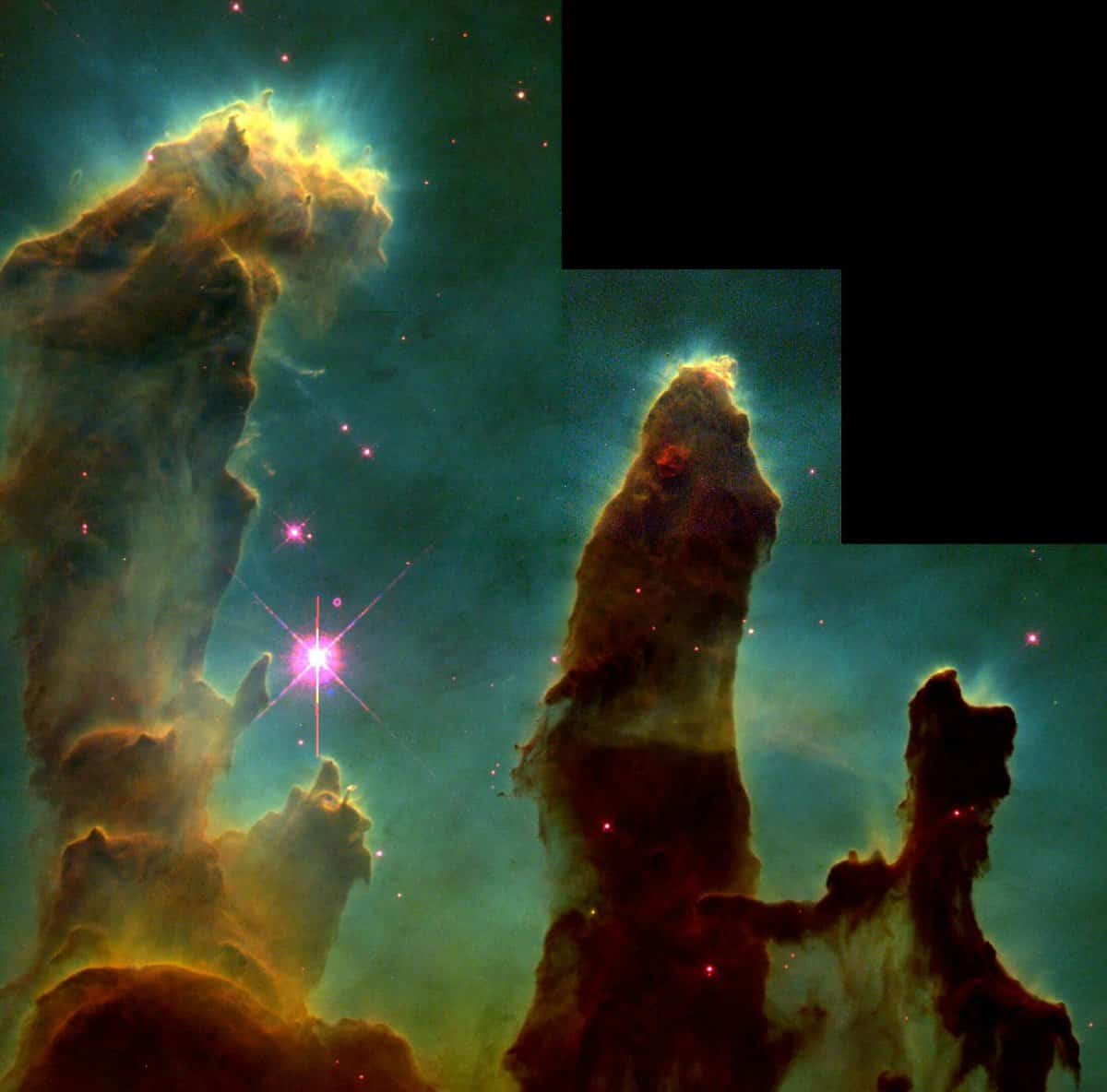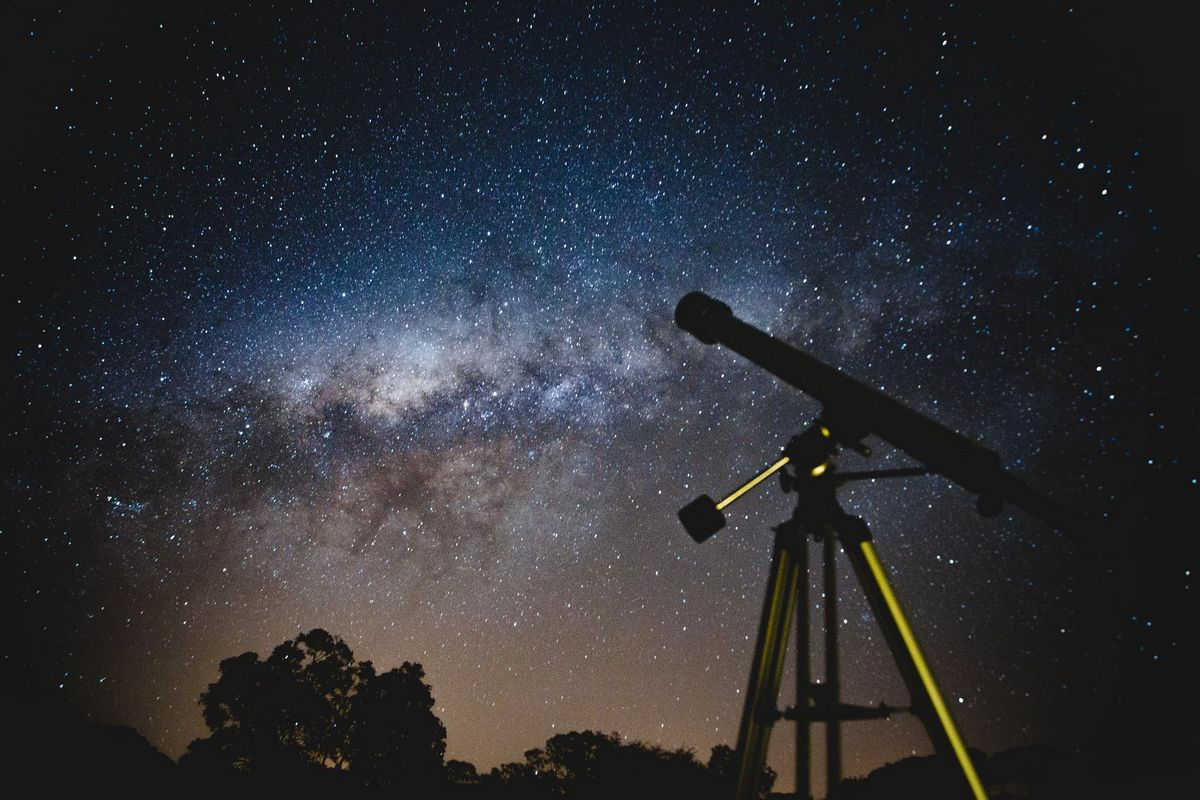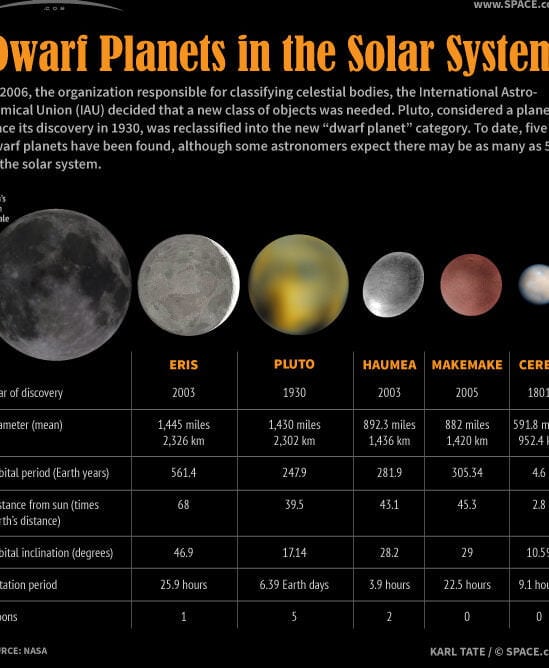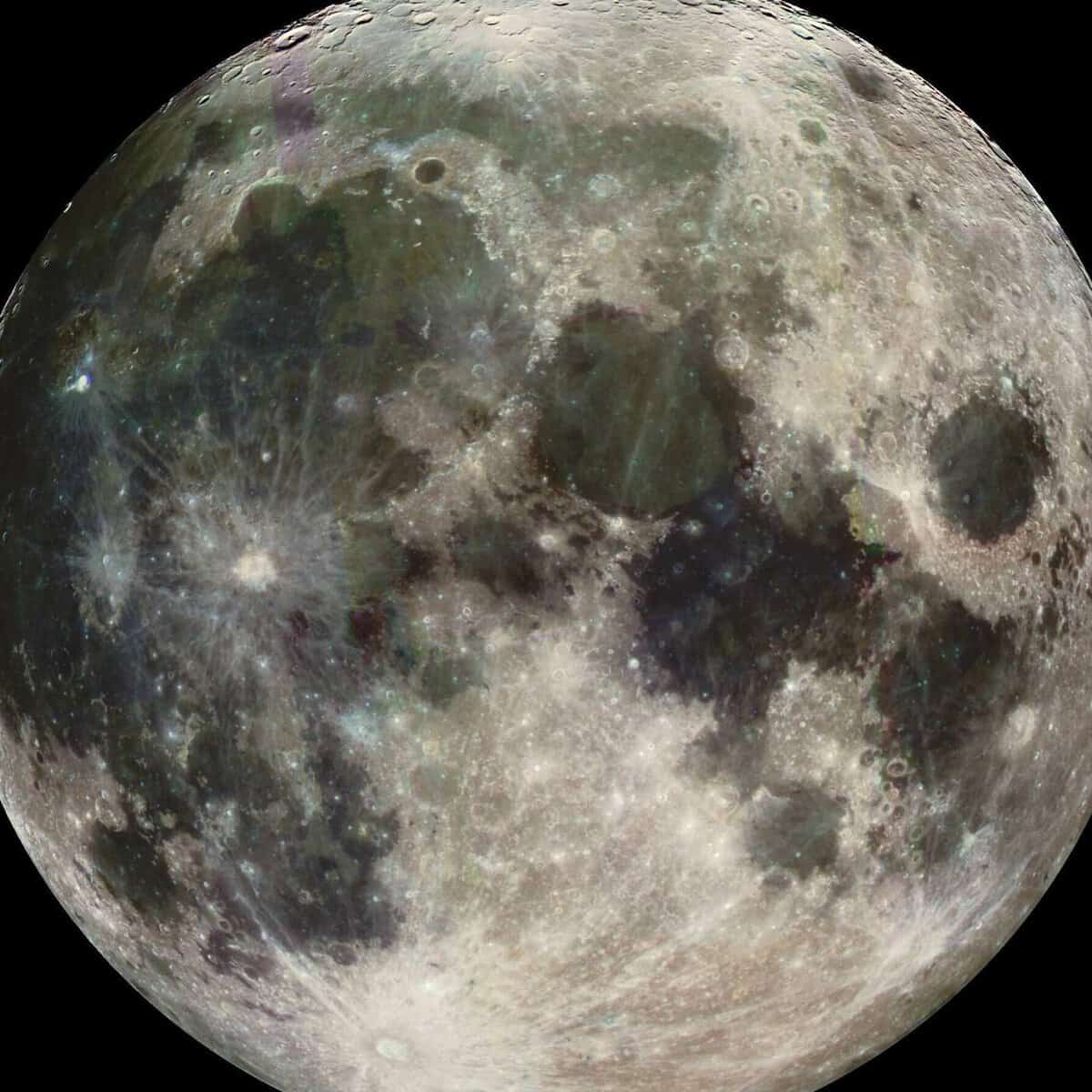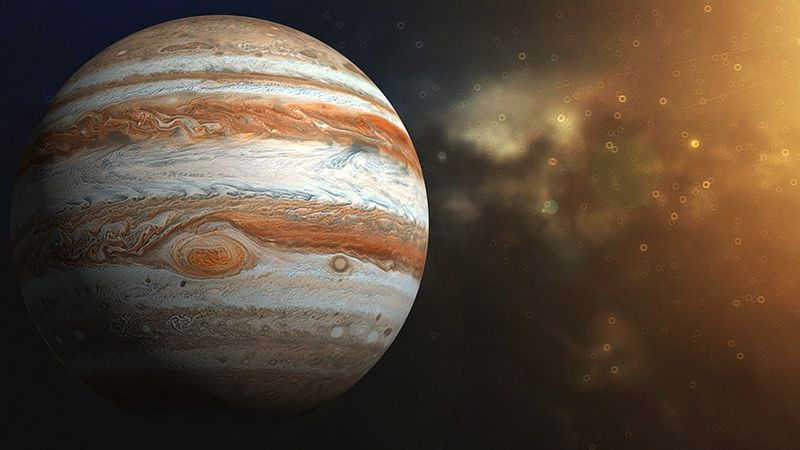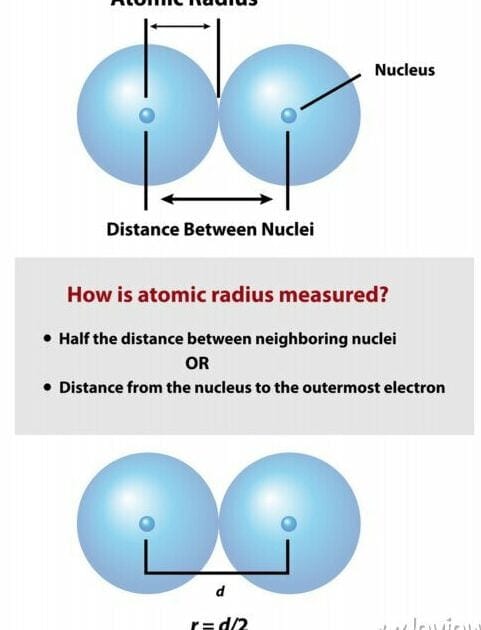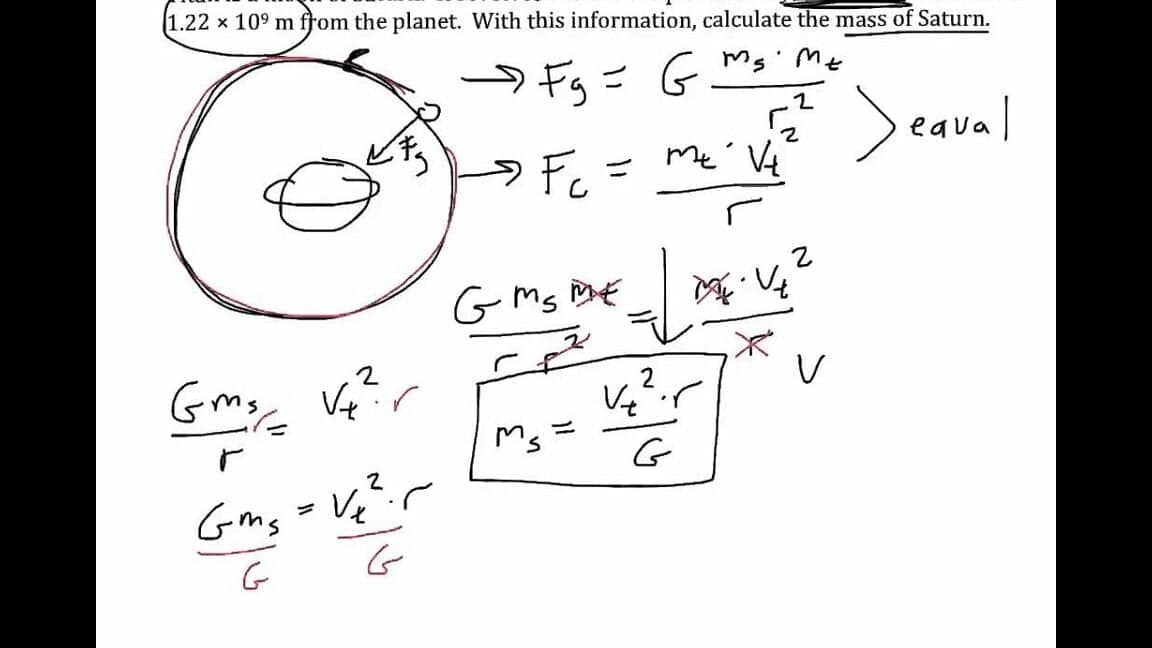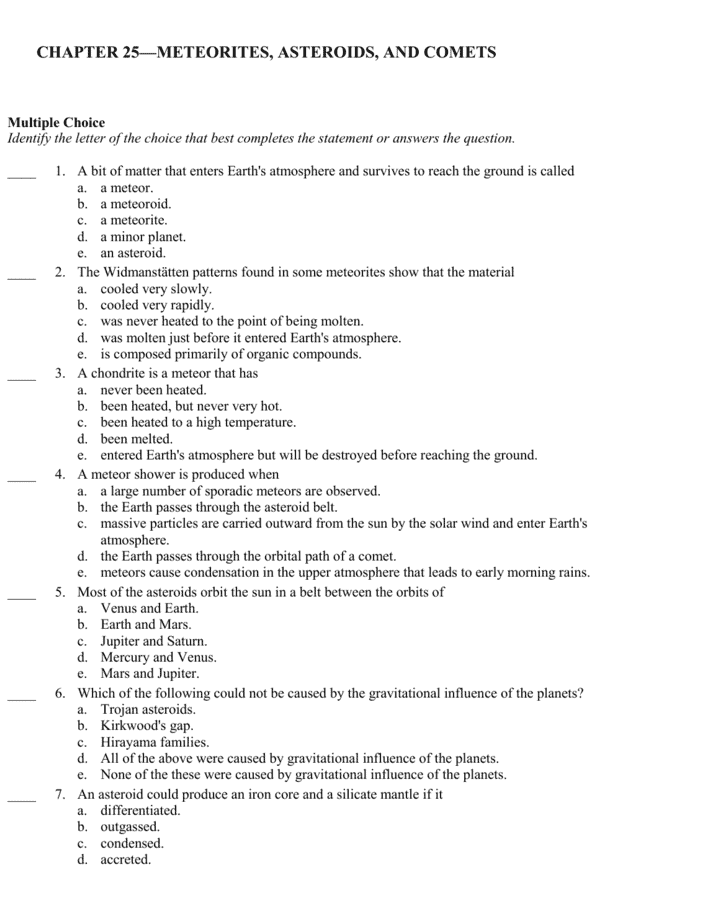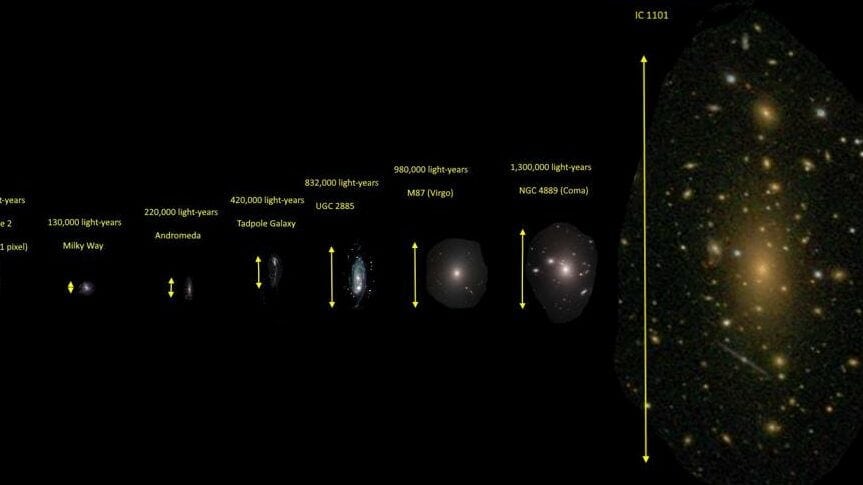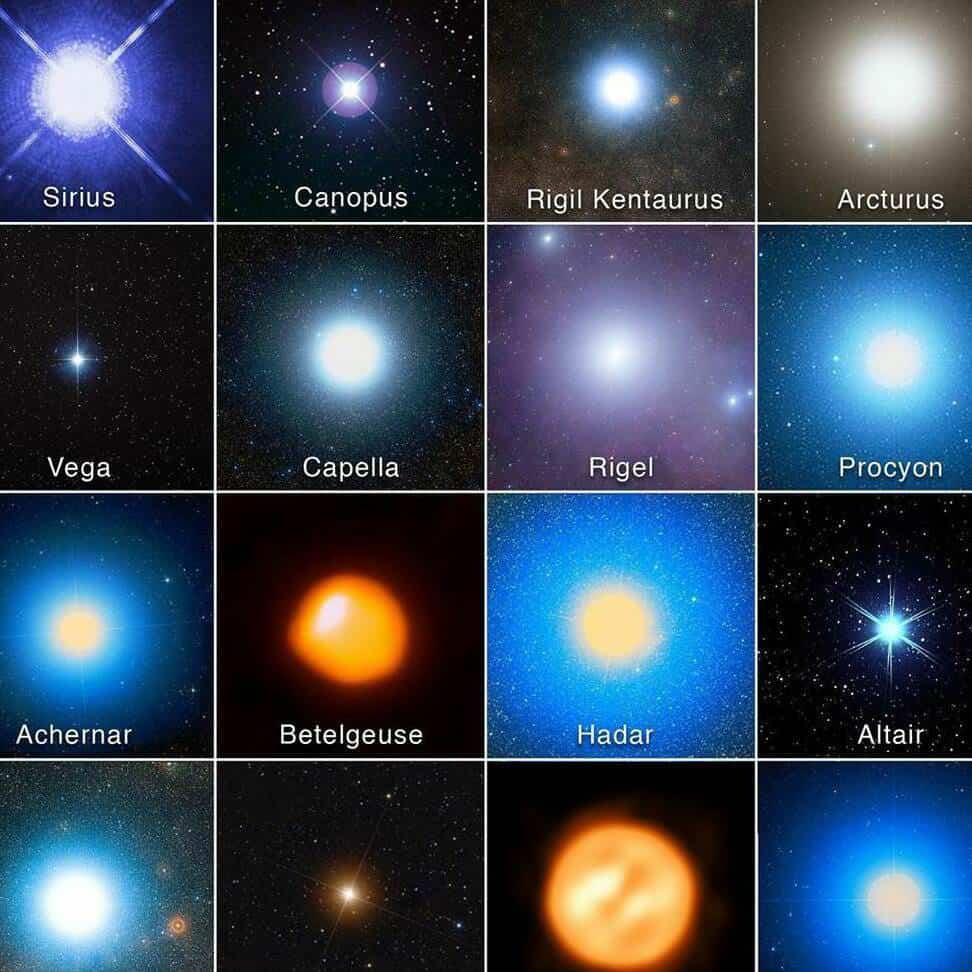
Where can you find the stars in the sky?
During the Christmas week, Jupiter and Saturn, two enormous planets in our solar system, will be closer to each other than they have been in the past 800 years. According to astronomers, their approach began in the early summer, and on December 21, we will have the opportunity to witness them in the night sky…

